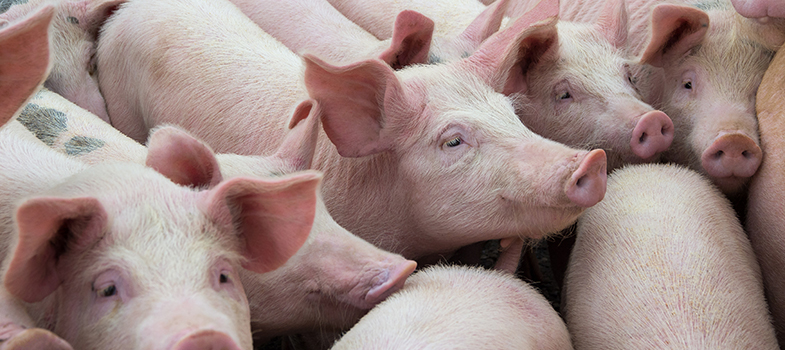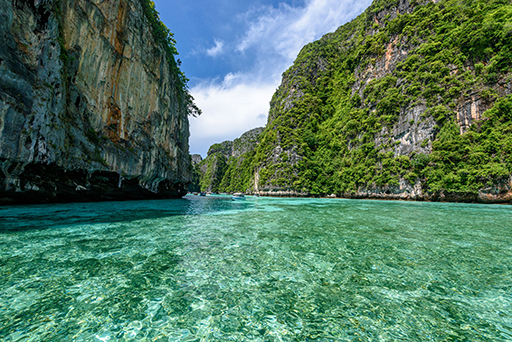3.1.3 Environmental impact of AMR
Selection pressure and microbial diversity
As explained in Section 2.1.1, animals treated with antimicrobials only absorb a small fraction (5–15%) and excrete antimicrobial active metabolites in the faeces that enter the environment and may select for resistant bacteria, reducing the overall microbial diversity.
In aquatic environments, a selection pressure is created when antimicrobials are mixed with feed and added to aquaculture ponds or rivers. Any of the drug not consumed by the fish is present in the water, reducing microbial diversity there. This change could have an adverse impact on the bacterial communities and nutrients needed for healthy agriculture systems. Antimicrobials not consumed by the fish can enter rivers, coastal waters and marine environments causing further disruption to distant ecosystems.
Influence of climate change
Recent research has demonstrated the potential relationship between AMR in aquaculture and global warming. Increases in temperature can adversely affect fish immune systems so warmer temperatures may contribute to more outbreaks of bacterial diseases in fish, leading to increased use of antimicrobials. Research also shows that the amount of resistance in aquaculture systems is related to climate variability, which would be more significant in climate-vulnerable countries (Reverter et al. 2020).
3.1.2 Human health and associated socio-economic impact




